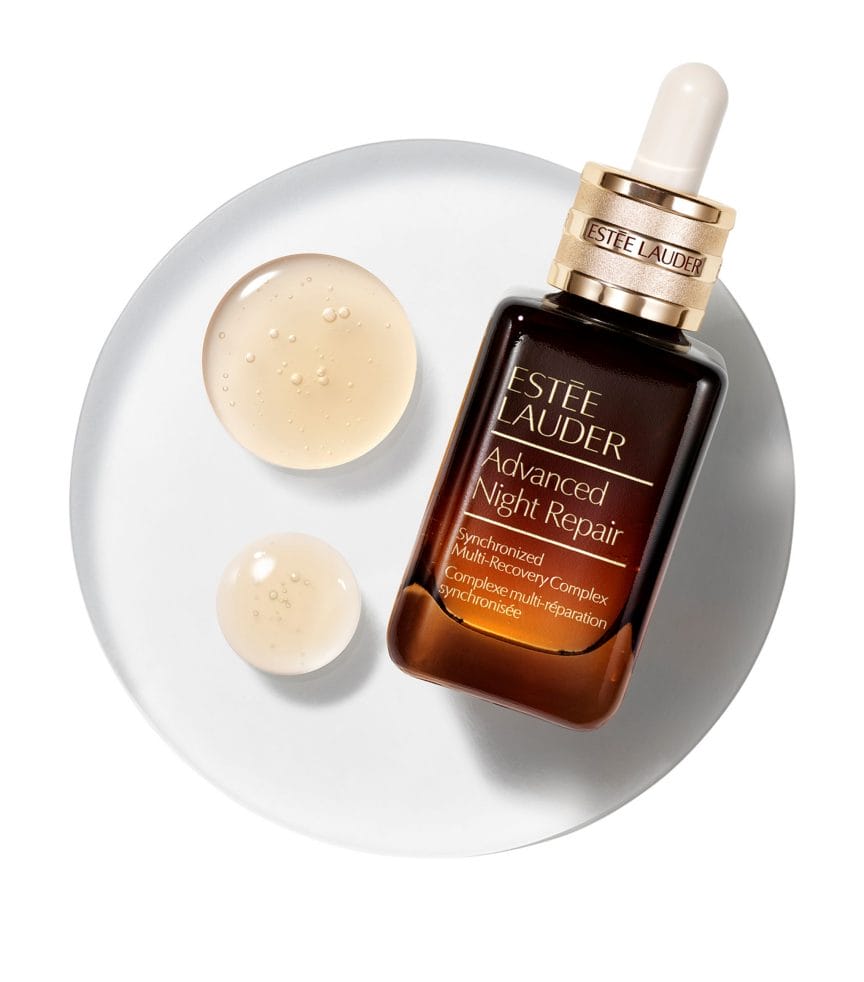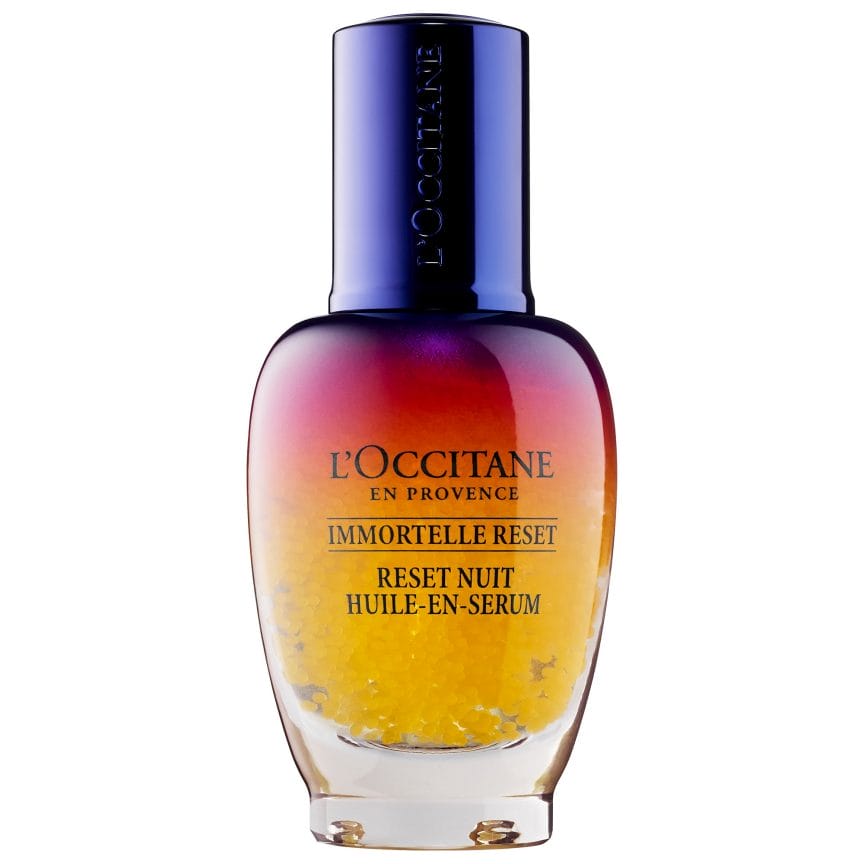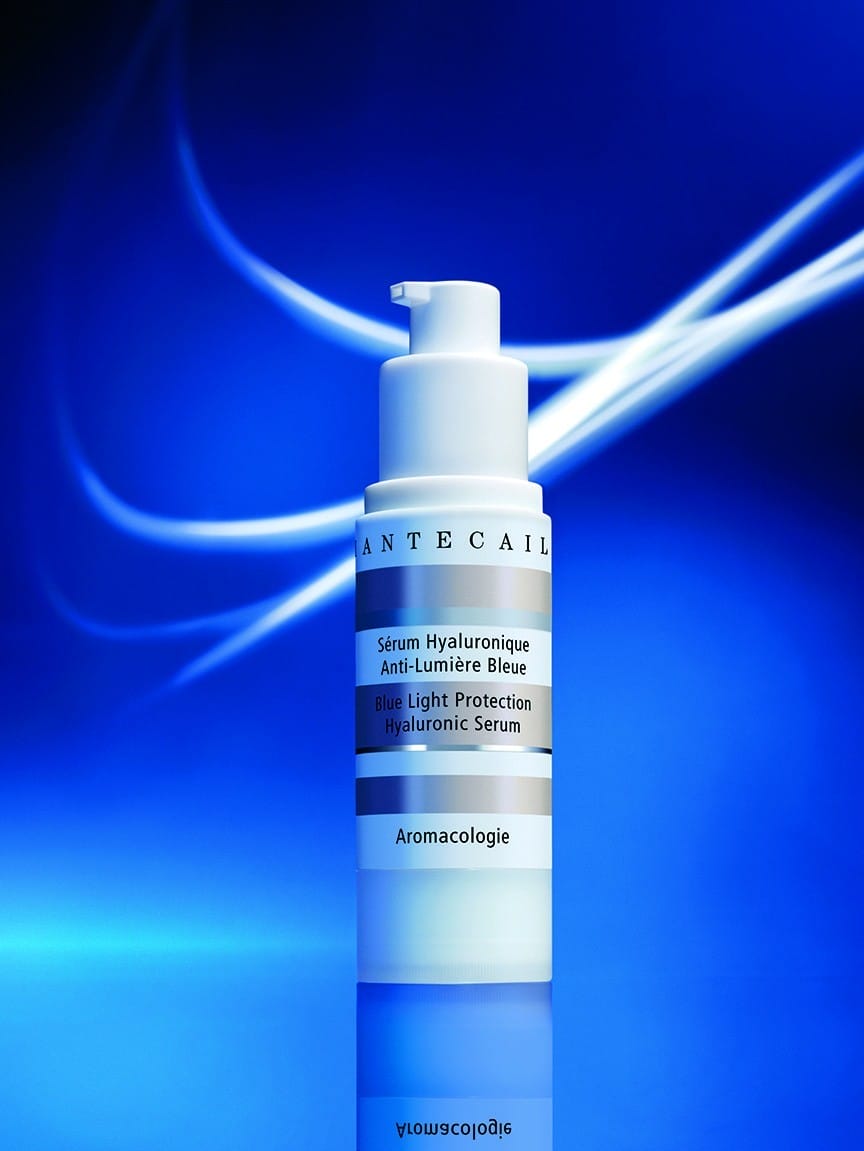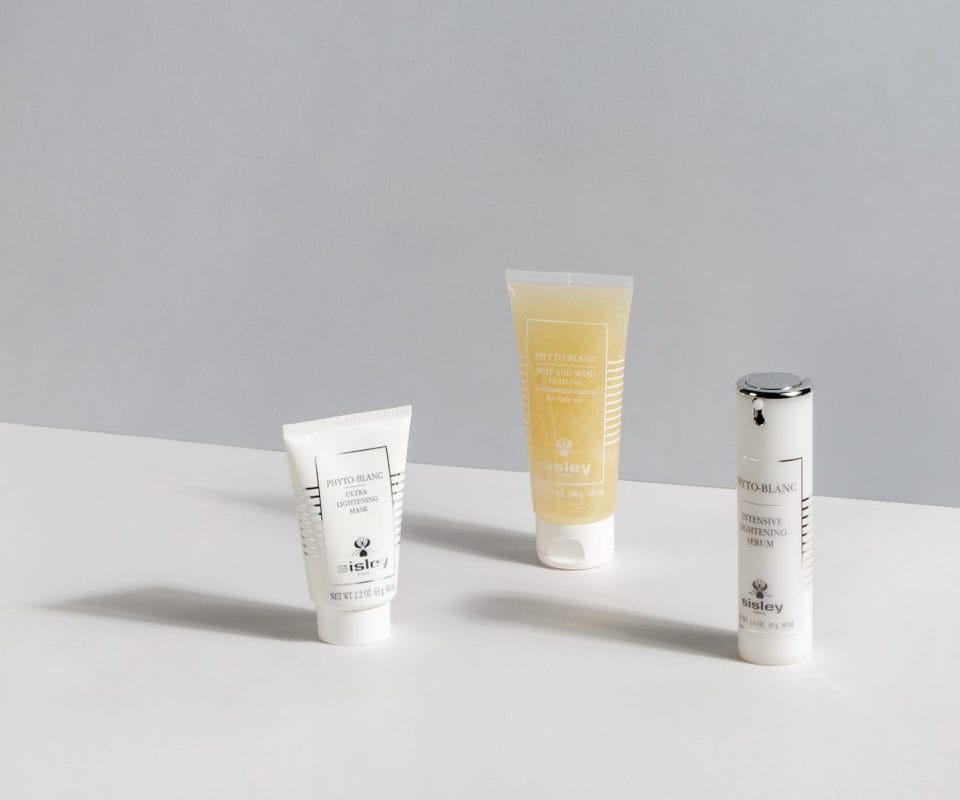 According to Mr José Ginestar, Sisley’s scientific director, our skin is at its best when its cells are communicating efficiently.
According to Mr José Ginestar, Sisley’s scientific director, our skin is at its best when its cells are communicating efficiently.
If one looks at his body microscopically, he would not be able to count the number of cells inside. This is a feat that even a team of scientists behind a study titled “Annals of Human Biology” is unable to accurately identify (fun fact, they guessed it however to be 37.2 trillion). While some others have devised some kind of formula — the weight of a cell at one nanogram versus one’s body weight — the consensus is that for our skin (and body functions) to be at its best, our cells have to communicate as efficiently as possible.

The Estée Lauder Advanced Night Repair Serum Synchronized Multi-Recovery Complex contains micro signalling molecules that act as messengers to skin cells, hastening the healing process.
“Within the skin, cells are communicating with each other for major benefits like the ability to biologically stimulate antioxidant defence or the skin’s regeneration system. They send messages like soluble signalling molecules or cell contact to each other to warn of danger and stimulate defences or to convey the benefits of cosmetic active ingredients. This communication is essential for maintaining skin balance and for transmitting information through the different layers of the skin. With age, the communication between cells becomes less effective and the homeostasis of the skin is disturbed, as is the effectiveness of cosmetic active ingredients.” says Mr José Ginestar, Sisley’s scientific director.

The L’Occitane Reset Oil-in-Serum contains a herb extract named Marjoram that wakes up cells that have fallen asleep due to natural ageing or external aggressors like pollution or stress.
The skin, simply put, consists of two parts. Multiple tissue layers that form the flesh and within it, are cell types that range from melanocytes that produce and distribute pigmentation to keratinocytes that restore the epidermal barrier. Like Mr Ginestar mentioned, “There is direct cell to cell communication pathways between cells of the same layer and between cells of different layers. The easiest way to know if these cells are communicating properly is in the quality of your skin.”
This brings about the point: beyond brightening, soothing, hydrating or restoring, what particular products encourage one’s skin cells to communicate? At Sisley Research, the answer is in the biological properties of plant actives found in molecules like polyphenols, proteins and sugars. “These molecules can be recognised by skin receptors and induce signals and responses not only at their sites of action but also within deeper layers. This is referred to as the cross-talk phenomenon or cell communication.”What one might be using could already be the solution.

Even when the Chantecaille Blue Light Protection Hyaluronic Serum is doing its basic job of hydrating and soothing, a fermented extract delves deep to activate one’s skin’s photo sensors to protect and repair blue light pollution itself.
The Sisley solution comes from their Phyto-Blanc range comprising seven products that regulate cell to cell communication to help one’s skin’s photoprotection properties.

“Tissue homeostasis requires regulation of cell-cell communication, which relies on signalling molecules and cell contacts. In the skin epidermis, keratinocytes secrete factors converted by melanocytes into signalling cues promote their pigmentation and dendrite outgrowth while melanocytes transfer melanin pigments to keratinocytes to boost skin photoprotection. We adjust this communication to improve radiance and reduce the appearance of dark spots.” If we can speak on behalf of Mr Ginestar, it is a wonderful way to encourage communication. A conversation that does not leave one tired or drained but instead, a result best reflected on one’s face.
Illustration Marion Narsima
Once you’re done with this story about how to skin cells and its communicating, click here to catch up with our November 2021 issue.







